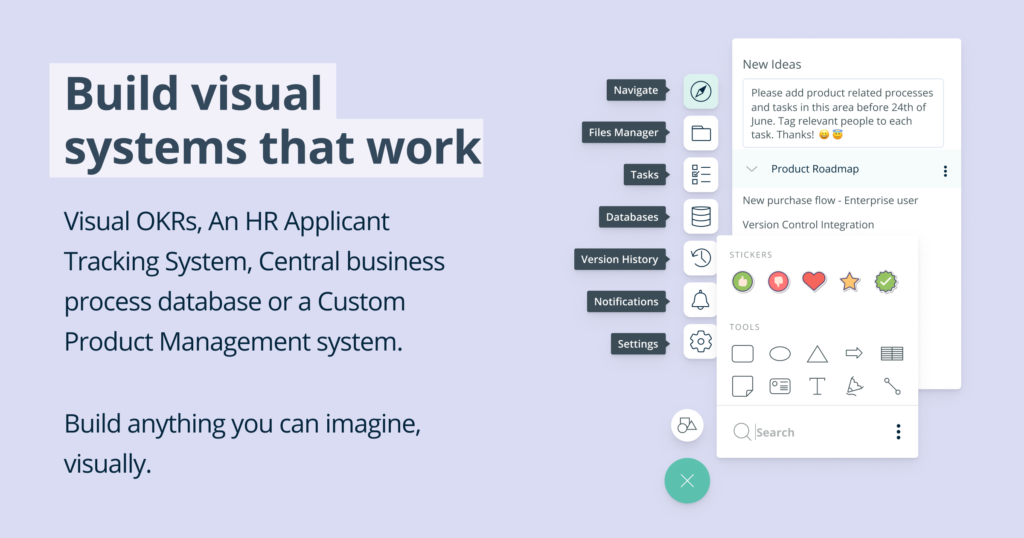What are Job Stories?
The Agile Business Analysis technique, referred to as Job Stories are used to represent a product backlog item (PBI) or requirement in terms of a job to be done by a stakeholder.
Job Stories focus on the motivation of the stakeholder and provide as much context as possible for the motivations, anxieties, and struggles of the stakeholder. They add contextual information that can affect how a stakeholder wants a desired feature to be and enables helps with making the right implementation decisions.
Job Stories also serve as a communication tool for stakeholders. They facilitate interaction and collaboration among individuals and focus the delivery team on the customer need, while leaving implementation details to be determined.
Format
A job story follows a specific format. It can be written in first person or third person format.
A job story can be formatted as follows:
When <situation> I want to <motivation> so I can <expected outcomes>
Example
When I want to withdraw money from my bank account, I want to know I have enough money in my account to withdraw some now so I can go out to dinner with my friends.
When someone wishes to withdraw money from his/her account, the customer wants to know if funds are available, the teller wants to know if the person banks with us, so that the person requesting can received the desired cash amount.
 Another example could be:
Another example could be:
When I want to order a box of wine online, I want to know what the specific vintage of wine is selling for at competitor online and retail stores so that I know I get the best price.
When someone wishes to buy wine online, the customer wants to know what the same wine is sold for at competitor online and retail stores, so that they know they are really getting the best price.
Situation
The first element of the job story syntax is situation.
Situation provides context for when the job needs to be completed. The context of the situation encourages the delivery team to think of a wide variety of possible solutions. The more context provided, the better the delivery team can design the solution.
When there are multiple roles that would complete a job, those roles are included in the “when” statement.
The persona is not included in the situation specifically so the delivery team can focus on real customers.
Motivation
The second element of the job story syntax is motivation.
Motivation focuses on the customer motivation. It can include internal and external forces for motivation.
Desired features or solutions are specifically not included in Job Stories in order to focus on the customer.
Expected Outcomes
The third element of the job story syntax is expected outcomes.
The outcome should satisfy or alleviate the motivation which prompted the situation.
Notice: As with all the Agile Business Analysis technique bite-size videos we have created, the content covered here is quoted from the Agile Extension v2 to the BABOK Guide v3. In some parts we have summarised content and some parts we have added some new examples. For a comprehensive coverage of this topic, please refer to the Agile Extension v2 Chapter 7, Section 7.4.





